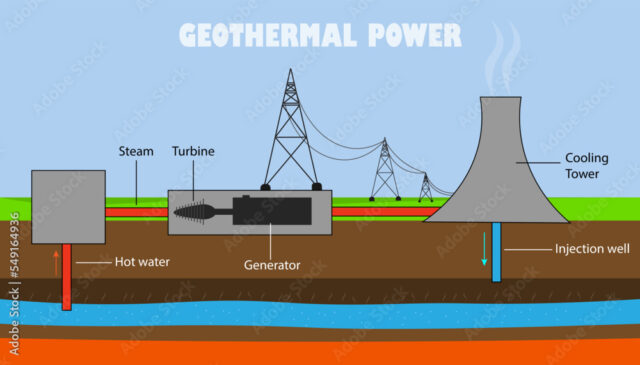Geothermal Power: A Comprehensive Guide to Sustainable Energy Solutions

About Course
Step into the dynamic world of geothermal energy — a powerful, renewable force harnessed from the Earth’s core. This course offers a deep dive into how geothermal energy works, its wide-ranging applications, and its transformative role in shaping a cleaner, greener planet. From the heat beneath your feet to cutting-edge innovations like Enhanced Geothermal Systems (EGS) and ANCHORBIT® drilling tools, you’ll explore the science, systems, and future possibilities of this sustainable energy source.
Whether you’re a curious student, an energy enthusiast, or a professional exploring renewable energy careers, this guide unpacks geothermal power in an engaging and easy-to-follow format. Learn how geothermal systems can power homes, industries, and even military bases—reliably and cleanly. You’ll finish this course with a strong grasp of geothermal energy’s benefits, challenges, and emerging role in the global energy transition.
Course Content
Introduction
The Importance of Renewable Energy
00:00Overview of Geothermal Energy as a Sustainable Solution
00:00Purpose and Scope of the Ebook
00:00